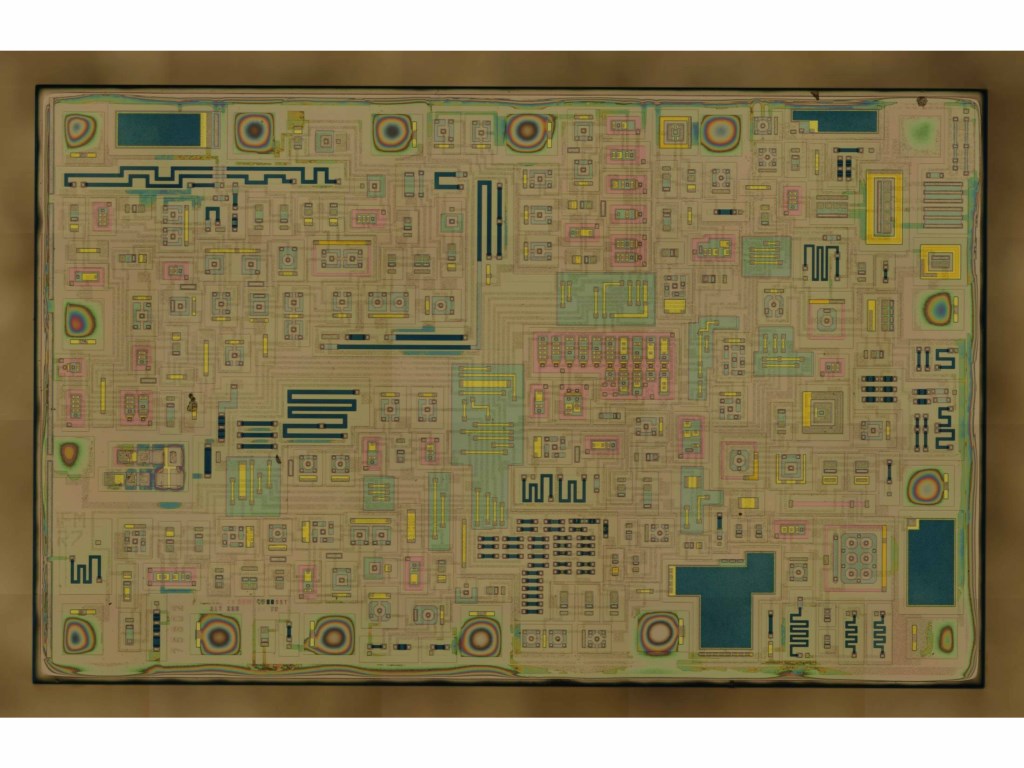Crack Texas Instrument MSP430G2312 Microprocessor
Crack Texas Instrument MSP430G2312 Microprocessor and restore embedded firmware from msp430g2312 flash memory, the program can be rewrite to new MCU msp430g2312 to perform the same functions;

- All ranges selected by RSELx overlap with RSELx + 1: RSELx = 0 overlaps RSELx = 1, …, RSELx = 14 overlaps RSELx = 15.
- DCO control bits DCOx have a step size as defined by parameter SDCO.
- Modulation control bits MODx select how often fDCO(RSEL,DCO+1) is used within the period of 32 DCOCLK cycles. The frequency fDCO(RSEL,DCO) is used for the remaining cycles. The frequency is an average equal to:
32 × fDCO(RSEL,DCO) × fDCO(RSEL,DCO+1)
| MOD × f + (32 – MOD) × f |
faverage =
DCO(RSEL,DCO) DCO(RSEL,DCO+1)
The brownout circuit is implemented to provide the proper internal reset signal to the device during power on and power off.
There are two 8-bit I/O ports implemented:
- All individual I/O bits are independently programmable.
- Any combination of input, output, and interrupt condition(port P1 and port P2 only) is possible.
- Edge-selectable interrupt input capability for all the eight bits of port P1 and port P2, if available.
- Read/write access to port-control registers is supported by all instructions when unlocking msp430g2101 microcontroller flash memory.
- Each I/O has an individually programmable pullup/pulldown resistor.
Each I/O has an individually programmable pin-oscillator enable bit to enable low-cost touch sensing.

